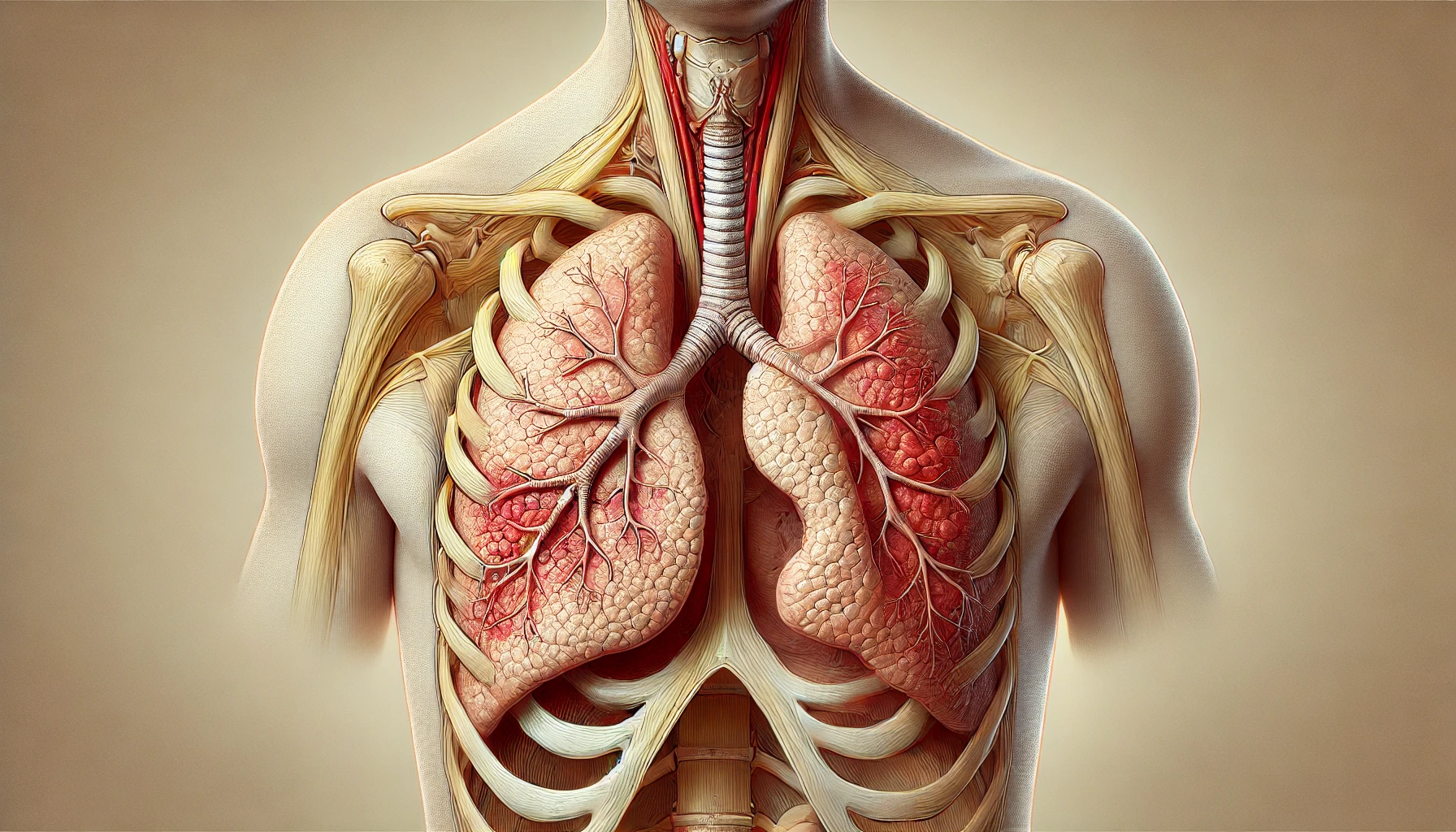Understanding Pleurisy (Pleuritis)
This post was written with Consensus AI Academic Search Engine – please read our Disclaimer at the end of this article. Pleurisy is a condition characterized by inflammation of the pleura, leading to chest pain and other respiratory symptoms. While the treatment of pleurisy depends on the underlying cause, recent studies highlight the importance of comprehensive approaches, including medication, drainage, and physical therapy, particularly in cases of tuberculous pleurisy. Early diagnosis and appropriate treatment are crucial for effective management and recovery.
Pleurisy, also known as pleuritis, is an inflammation of the pleura, the double-layered membrane surrounding the lungs and lining the chest cavity. This condition can cause sharp chest pain that worsens during breathing. Pleurisy can result from various underlying conditions, including infections, autoimmune diseases, and pulmonary embolism. This article delves into the causes, symptoms, diagnosis, and treatment options for pleurisy, with a particular focus on tuberculous pleurisy.
Causes of Pleurisy
Pleurisy can be caused by several factors, including:
- Infections: Bacterial, viral, or fungal infections can lead to pleurisy. Tuberculosis (TB) is a notable cause, particularly in regions where TB is prevalent.
- Autoimmune Diseases: Conditions such as lupus and rheumatoid arthritis can cause pleurisy.
- Pulmonary Embolism: A blood clot in the lungs can lead to pleurisy.
- Other Causes: Trauma, certain medications, and cancers can also result in pleurisy.
Symptoms of Pleurisy
The primary symptom of pleurisy is sharp chest pain that worsens with breathing, coughing, or sneezing. Other symptoms may include:
- Shortness of breath
- Cough
- Fever and chills
- Rapid, shallow breathing
Diagnosis of Pleurisy
Diagnosing pleurisy involves a combination of clinical evaluation and diagnostic tests. Common diagnostic methods include:
- Imaging Tests: Chest X-rays, CT scans, and ultrasounds can help visualize the pleura and detect any abnormalities.
- Blood Tests: These can identify infections or autoimmune conditions.
- Pleural Biopsy: In cases where the cause of pleurisy is unclear, a biopsy of the pleura may be performed. Studies have shown that both ultrasound-guided and thoracoscopic pleural biopsies have high diagnostic yields for tuberculous pleurisy5.
Disclaimer
The content presented in this blog is generated by Consensus, an AI-powered academic search engine, and is based on publicly available scientific literature. While every effort is made to provide accurate, up-to-date, and well-researched information, the content is intended for informational and educational purposes only. It does not constitute medical advice, diagnosis, or treatment. Always consult a qualified healthcare professional before making any decisions regarding medical conditions, treatments, or medications. The AI system’s analysis may not cover all perspectives, emerging research, or individual cases, and it is not a substitute for professional expertise. Neither the blog publisher nor the developers of the AI-powered search engine are responsible for any actions taken based on the information provided in this content. Use of this information is at your own risk. Citations to the original scientific studies are included for reference, but these studies should be reviewed in full and interpreted with the guidance of a healthcare or research professional.
If you are experiencing a medical emergency, please seek immediate attention from a healthcare provider.
